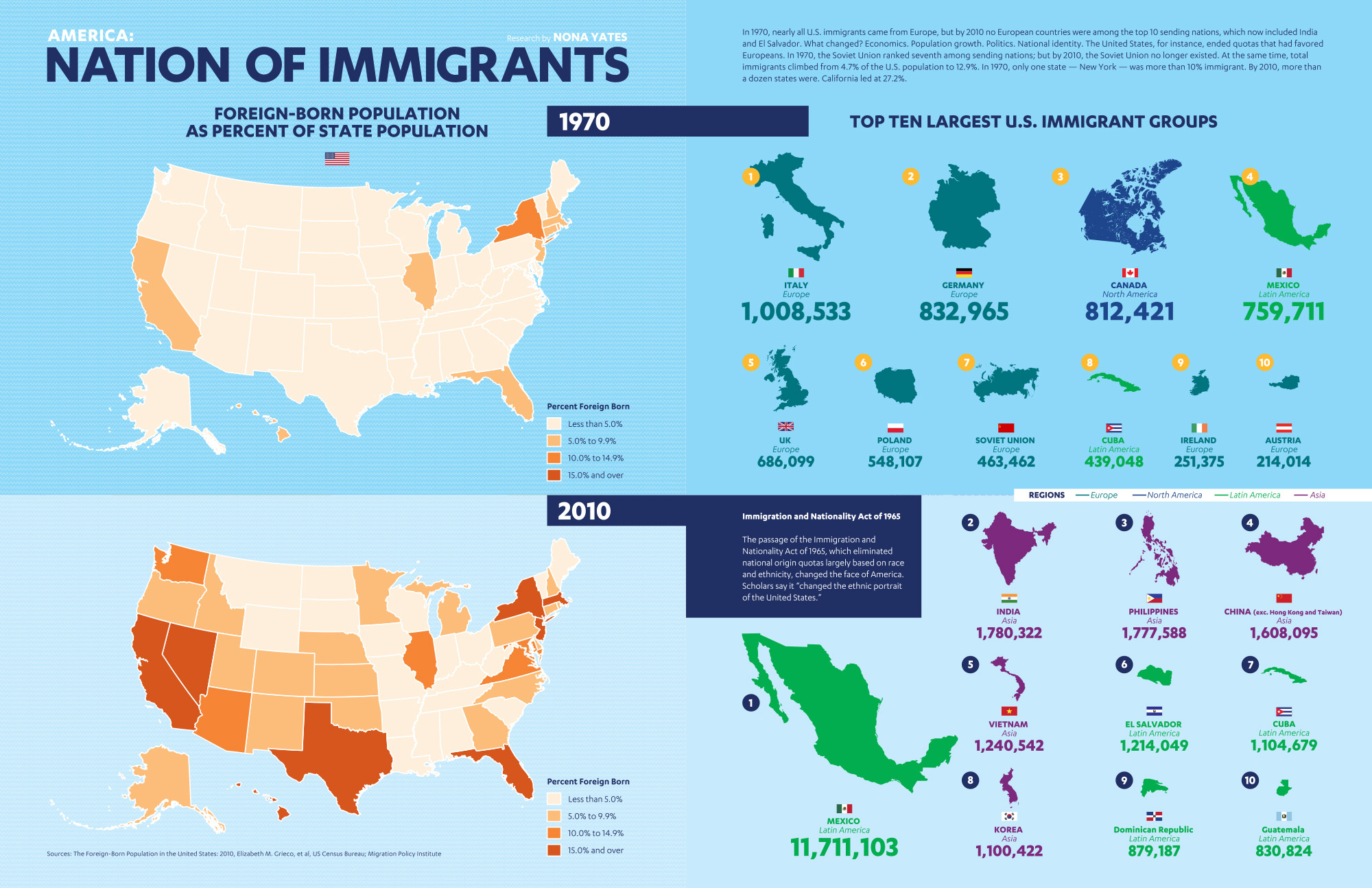The Complex Landscape of Immigration Laws in the USA 2024
We are pleased to take a deep dive into the exciting topic concerning The Complex Landscape of Immigration Laws in the USA 2024. We are here to share fresh knowledge and offer distinctive points of view.
Video about The Complex Landscape of Immigration Laws in the USA 2024
The Complex Landscape of Immigration Laws in the USA 2024

The United States of America has long been a beacon of hope for individuals seeking a better life, fleeing persecution, or reuniting with family members. However, the path to becoming a U.S. citizen or resident is often fraught with complexity and controversy. In 2024, immigration laws in the United States continue to evolve, reflecting the nation’s shifting attitudes, priorities, and demographics. This article provides an in-depth overview of the current state of immigration laws in the USA, including key policies, procedures, and proposed changes.
History of Immigration in the United States
The United States has a long and varied history of immigration, shaped by waves of migration from European, Asian, Latin American, and African countries. The first major immigration law, the Immigration Act of 1790, set the stage for the country’s welcoming attitude toward newcomers. However, subsequent laws, such as the Chinese Exclusion Act of 1882 and the Immigration Act of 1924, limited immigration based on nationality, origin, and quotas.
In recent decades, immigration laws have become increasingly complex, reflecting growing concerns about national security, economic competition, and social integration. The Immigration and Nationality Act (INA) of 1965 and the Immigration Reform and Control Act (IRCA) of 1986 have had a significant impact on modern U.S. immigration policies.
Types of Immigration Status in the United States
The U.S. immigration system recognizes various categories of status, including:
- U.S. Citizens: Born in the United States, naturalized citizens, or eligible through parentage or family ties.
- Lawful Permanent Residents (LPRs): Hold a Green Card and have the right to live and work in the United States permanently.
- Nonimmigrant Visa Holders: Enter the country for a specific purpose, such as work (e.g., H-1B), study (e.g., F-1), or tourism (e.g., B-2).
- Refugees: Granted protection and eventual LPR status due to persecution or fear of persecution in their home country.
- Asylees: Given protection from deportation and eventual LPR status due to persecution or fear of persecution in their home country.
- Deferred Action: May remain in the country temporarily due to humanitarian or administrative reasons, such as Deferred Action for Childhood Arrivals (DACA) or Temporary Protected Status (TPS).
- Undocumented Individuals: In the country without lawful status or authorization.
Key Immigration Laws and Policies in 2024
Several laws and policies shape the U.S. immigration system:
- Immigration and Nationality Act (INA): The primary federal law governing immigration and naturalization processes.
- Immigration Reform and Control Act (IRCA): Mandates that employers verify workers’ immigration status and restricts eligibility for public benefits.
- Homeland Security Act: Strengthened national security measures and led to the creation of the Department of Homeland Security (DHS).
- Dream Act and DACA: Protect certain young, undocumented individuals who meet specific criteria from deportation and grant work authorization.
- Public Charge: Ensures that applicants for permanent residence must demonstrate self-sufficiency and cannot be a public burden.
- Asylum Law: Establishes procedures for seeking protection from persecution and torture in the United States.
- Lautenberg and Specter Amendents: Facilitate the asylum process for vulnerable groups, including persecuted minorities.
Notable Reforms and Policy Shifts in 2024
- Biden Administration Immigration Policy: Expands eligibility for asylum, creates a pathway for undocumented individuals, and enhances oversight of Immigration and Customs Enforcement (ICE).
Closure
Thus, we hope this article has highlighted key aspects of The Complex Landscape of Immigration Laws in the USA 2024. We thank you for reading through this article. Stay tuned for the next one!.